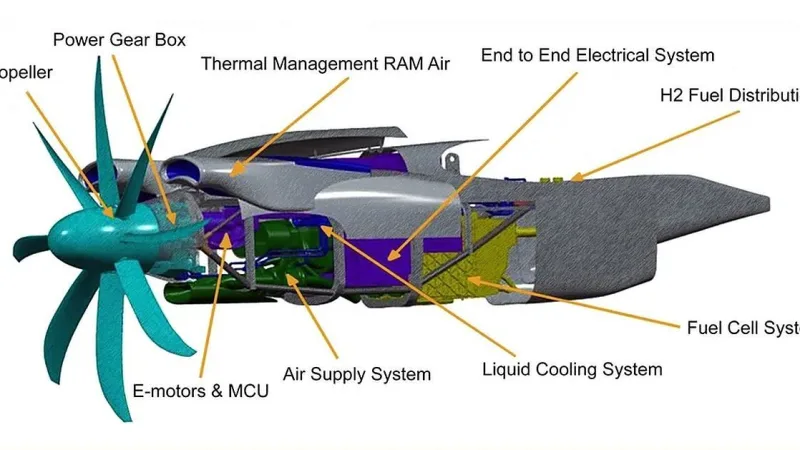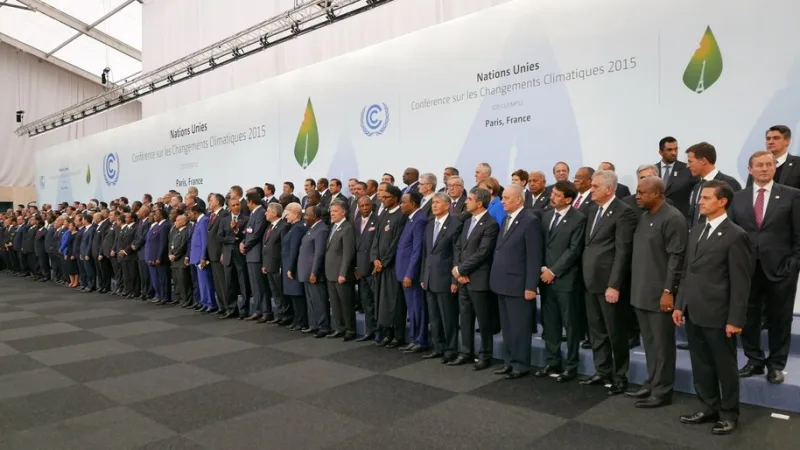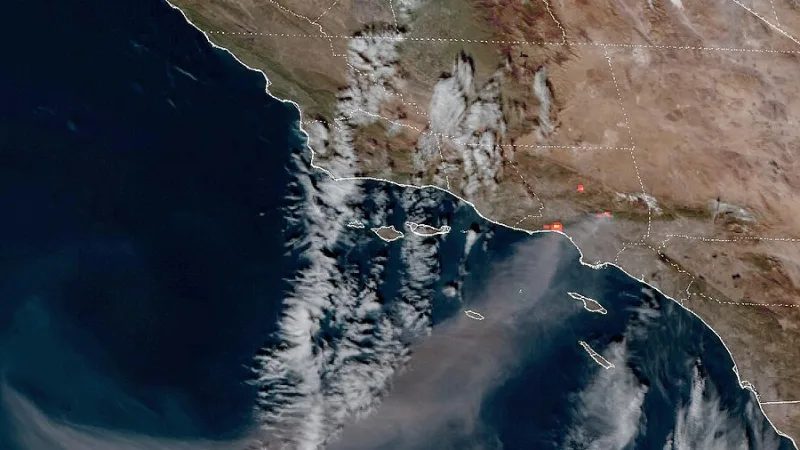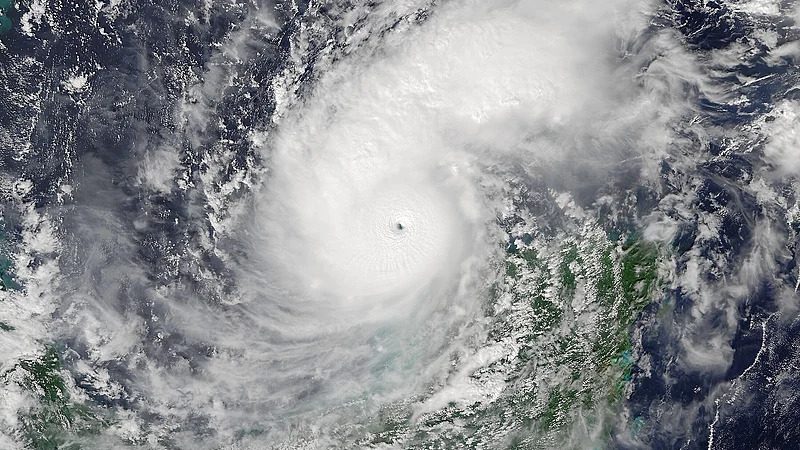Unpredictable Climate and Vulnerable NYC Infrastructure
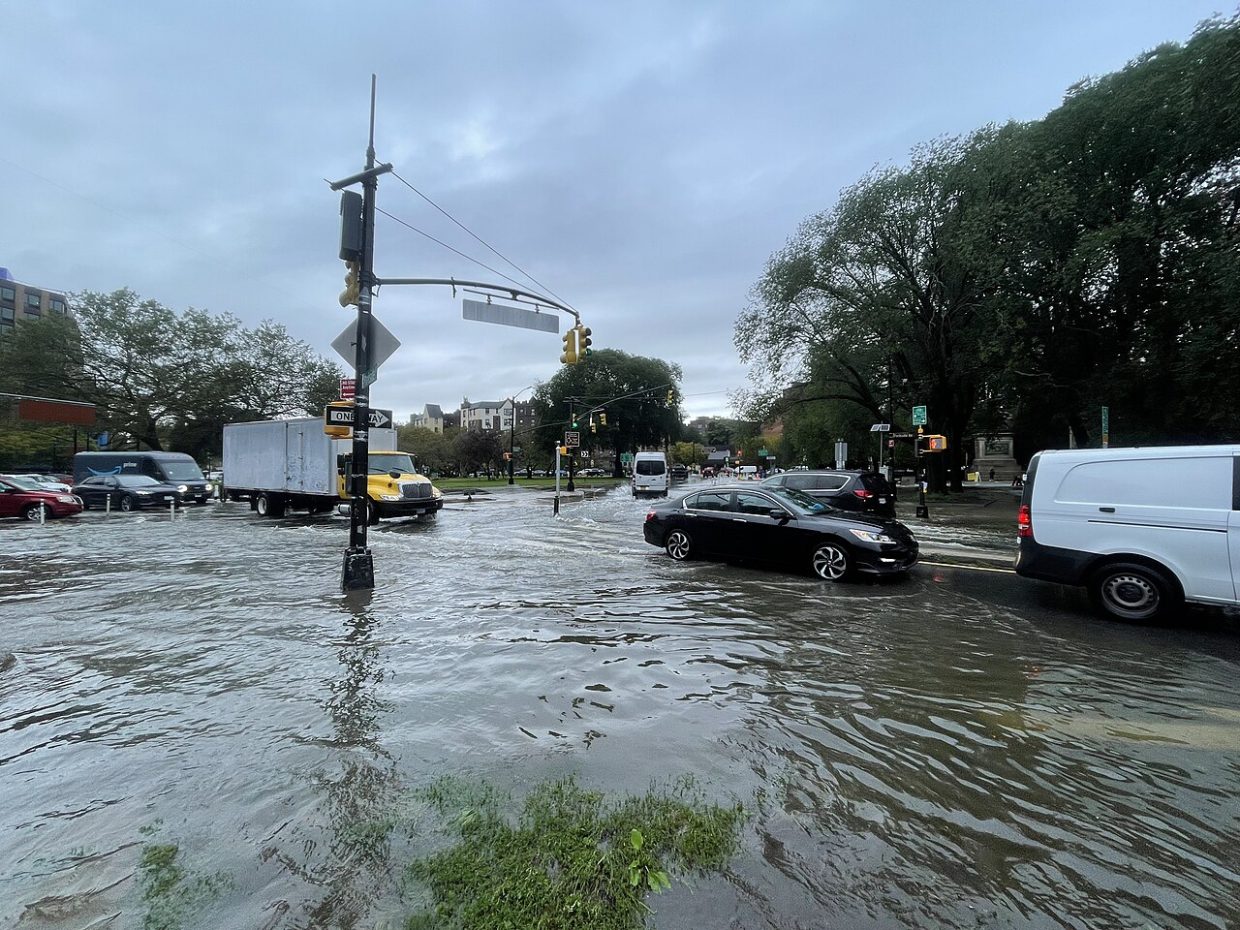
New York City’s infrastructure is struggling to cope with the impact of climate change, as evidenced by the recent flooding that occurred due to heavy rainfall. The city, known for its high population density, is not adequately equipped to handle intense downpours, with its drainage system unable to handle more than two inches of rain per hour. During the recent deluge, the volume of water overwhelmed the infrastructure, leading to flooded streets, subway stations, and basements across all five boroughs.
The 2021 Hurricane Ida Wake-Up Call
This is not the first time New York City has experienced such widespread flooding. In 2021, Hurricane Ida caused similar scenes, highlighting the urgent need for climate change adaptation. However, despite these repeated incidents, the city’s infrastructure planning has not adequately considered the impact of extreme weather events.
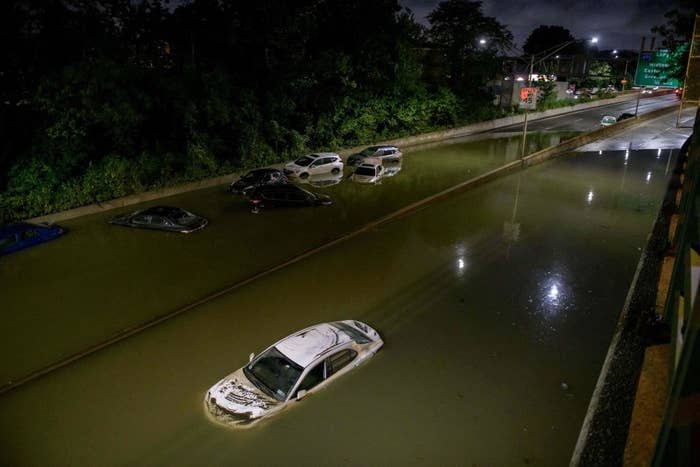
Residents Below Street Level: A Unique Challenge
One of the major concerns is the large number of people living below street level. New York is home to tens of thousands of residents who reside in basements or lower floors, where space is limited. While this may be an efficient use of space and profitable, it poses significant challenges in terms of climate change planning.
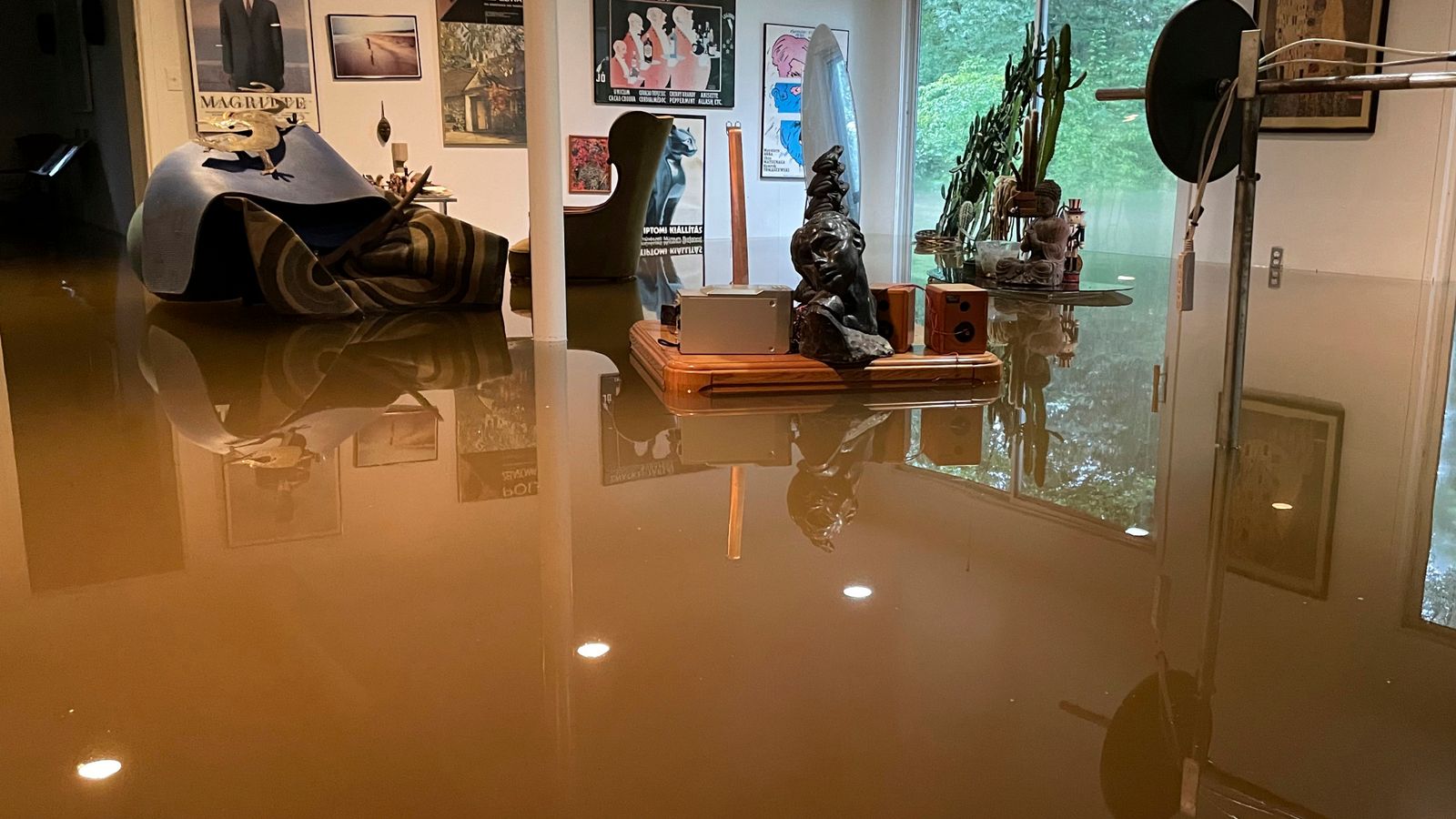
Following torrential rains, a Scarsdale, New York home’s basement is submerged in water. (Image: STRF/STAR)
Building for Yesterday’s Climate: NYC’s Infrastructure Predicament
The recent flooding also highlights the city’s uneasy relationship with Mother Nature. New York was built to withstand the weather patterns of the past, not the increasingly unpredictable climate we face today. As New Yorkers breathe a sigh of relief following the recent deluge, there is a constant worry about when the next one will occur and how the infrastructure will cope.
Climate Change Adaptation in NYC
It is imperative that the city takes immediate action to address these vulnerabilities and incorporate climate change adaptation into its infrastructure planning. By doing so, New York can better protect its residents and ensure the city is prepared for the challenges posed by a changing climate.

